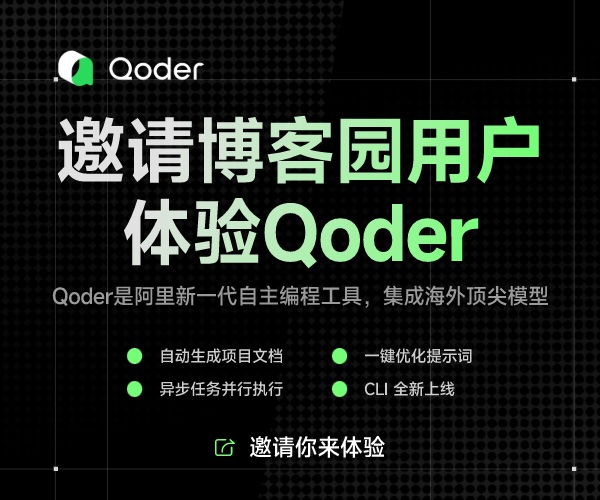某內存池中的指針用法
內存池實現有許多種,各有不同的優缺點。
這里不是主要說內存池,只是覺得這個內存池中的指針用得很飄逸!
 template <class T,int AllocSize = 50>
template <class T,int AllocSize = 50> 2
 class MemPool
class MemPool 3


 {
{ 4
 public:
public: 5
 static void* operator new(size_t allocLength)
static void* operator new(size_t allocLength) 6


 {
{ 7
 if(!mStartPotinter)
if(!mStartPotinter) 8


 {
{ 9
 MyAlloc();
MyAlloc(); 10
 }
} 11
 //將當前指向空閑內存起始地址作為反回地址
//將當前指向空閑內存起始地址作為反回地址 12
 unsigned char* p = mStartPotinter;
unsigned char* p = mStartPotinter; 13
 //取出空閑區域前4字節的值,賦值給空閑地址
//取出空閑區域前4字節的值,賦值給空閑地址 14
 //因為前四字節中存放了下一個BLOCK的地址
//因為前四字節中存放了下一個BLOCK的地址 15
 mStartPotinter = *(unsigned char**)mStartPotinter;
mStartPotinter = *(unsigned char**)mStartPotinter; 16
 return p;
return p; 17
 }
} 18

19
 static void operator delete(void* deleteP)
static void operator delete(void* deleteP) 20


 {
{ 21
 // assert(deletePointer);
// assert(deletePointer); 22
 *(unsigned char**)deleteP = mStartPotinter;
*(unsigned char**)deleteP = mStartPotinter; 23
 mStartPotinter = (unsigned char*)deleteP;
mStartPotinter = (unsigned char*)deleteP; 24
 }
} 25

26
 static void MyAlloc()
static void MyAlloc() 27


 {
{ 28
 //預分配內存
//預分配內存 29
 mStartPotinter = new unsigned char[sizeof(T)*AllocSize];
mStartPotinter = new unsigned char[sizeof(T)*AllocSize]; 30
 //構造BLOCK之間的關系
//構造BLOCK之間的關系 31
 //每個BLOCK的前4BYTE存放了下一個BLOCK的地址
//每個BLOCK的前4BYTE存放了下一個BLOCK的地址 32
 unsigned char** next = (unsigned char**)mStartPotinter;
unsigned char** next = (unsigned char**)mStartPotinter; 33
 unsigned char* p = mStartPotinter;
unsigned char* p = mStartPotinter; 34

35
 for(int i = 0; i< AllocSize;++i)
for(int i = 0; i< AllocSize;++i) 36


 {
{ 37
 p +=sizeof(T);//步進
p +=sizeof(T);//步進 38
 *next = p;//賦值
*next = p;//賦值 39
 next = (unsigned char**)p;//步進
next = (unsigned char**)p;//步進 40
 }
} 41
 *next = NULL;
*next = NULL; 42
 }
} 43

44
 static unsigned char* mStartPotinter;
static unsigned char* mStartPotinter; 45
 };
}; 46

47
 template <class T,int AllocSize>
template <class T,int AllocSize> 48
 unsigned char* MemPool<T,AllocSize>::mStartPotinter = NULL;
unsigned char* MemPool<T,AllocSize>::mStartPotinter = NULL; 49

50

51
 本文來自CSDN博客,轉載請標明出處:http://blog.csdn.net/wqjqepr/archive/2010/05/03/5552322.aspx
本文來自CSDN博客,轉載請標明出處:http://blog.csdn.net/wqjqepr/archive/2010/05/03/5552322.aspx
簡單提示一下: unsigned char** next = (unsigned char**)mStartPotinter;
mStartPotinter作為二維指針的時候,相當于是一系列的unsigned char* [].
對于第一個 *next 相當于(unsigned char*)mStartPointer[0].
第二個相當于(unsigned char*)mStartPointer[sizeof(T)*1];
第三個相當于(unsigned char*)mStartPointer[sizeof(T)*2];
所以,構造BLOCK之間關系的時候,也可以寫成
 for(int i = 0; i< AllocSize;++i)
for(int i = 0; i< AllocSize;++i) 2


 {
{ 3
 p +=sizeof(T);//步進
p +=sizeof(T);//步進 4
 unsigned char* pp = (unsigned char*)(p[sizeof(T)*i]);
unsigned char* pp = (unsigned char*)(p[sizeof(T)*i]); 5
 pp = p;//賦值
pp = p;//賦值 6
 }
}
不想多解釋了,累。估計多看幾分種啥都明白了!
posted on 2010-05-03 18:33 麒麟子 閱讀(1978) 評論(11) 編輯 收藏 引用 所屬分類: Programming

